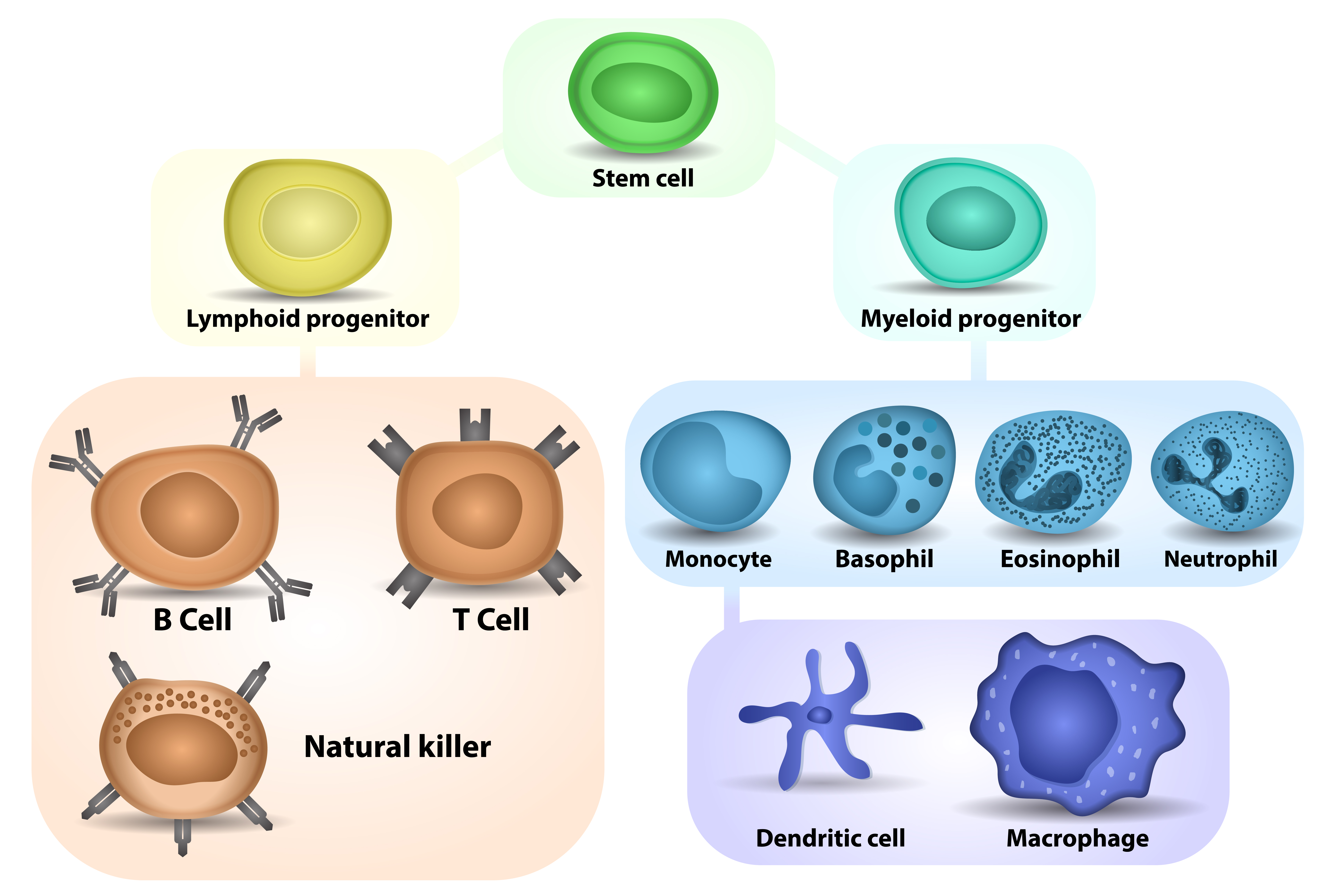A method to genetically engineer monocytes (20180236)
The first and only method available to create genetically modified CD14+ monocytes for use in research or therapy.
Technology No. 20180236

1
IP Status: PCT Application; Application #: PCT/US2019/037986
Multiple uniquely edited monocytes created in vitro in independent experiments including deletion of genes CRISPR/Cas9 and lentiviral introduction of new genes.
Applications
- Basic research of monocytes
- Cell therapy using genetically engineered cells
Key Benefits & Differentiators
- Novel approach: Using electroporation to introduce genome editing reagents, this is the first method ever reported capable of successfully engineering human monocytes.
- Highly efficient: Approach results in editing efficiency of monocytes, up to 90%.
- Variety of modifications possible: The developed method can be used to introduce new genes, modify or delete existing genes, or alter expression levels, facilitating optimization of monocytes for a variety of applications (in both the clinic and at the bench).
Monocytes and their resistance to genetic engineering
Monocytes are a type of white blood cell that can differentiate into macrophages or dendritic cells and play critical roles in the native immunity. Due to their pervasive role in immunity, monocytes are implicated broadly in health and disease. Unfortunately, these cells are incredibly challenging to work with and no method to genetically engineer primary human monocytes has been reported to date, which has severely limited monocyte-based research and therapeutic development. Led by Dr. Branden Moriarty, researchers at the University of Minnesota has developed the first known method to create genetically engineered monocytes through electroporation and introduction of CRISPR/Cas9 or viral transfection reagents. This technology has the potential to dramatically accelerate research around monocytes and facilitate novel therapeutic approaches to a wide array of diseases including cancer, chronic inflammation and enzyme deficiencies.The first and only method to modify monocytes
In the first successful approach to editing the genome of monocytes, the researchers used Neon electroporation to introduce CRISPR/Cas9. This novel technique has resulted in editing efficiency between 50% and 91% (depending on the gRNA used). Furthermore, while lentiviruses have previously been unable to transduce monocytes, the team identified that Baboon-pseudotyped lentivirus does in fact possess the ability to modify monocytes with up to 25% efficiency. Validating the approach, the group has successfully created uniquely engineered monocytes in multiple independent experiments.These methods have the ability to modify monocytes in a variety of ways including introduction or mutation of genes, gene deletion, or alter expression profiles. The engineered monocytes can be optimized for therapeutic applications in the clinic or research at the bench that was previously not possible.Phase of Development
TRL: 2-3Multiple uniquely edited monocytes created in vitro in independent experiments including deletion of genes CRISPR/Cas9 and lentiviral introduction of new genes.
Desired Partnerships
This technology is now available for:- License
- Sponsored research
- Co-development
Please contact Raj Udupa to share your business’ needs and learn more.
Researchers
- Branden Moriarity, PhD, Assistant Professor, Department of Pediatrics